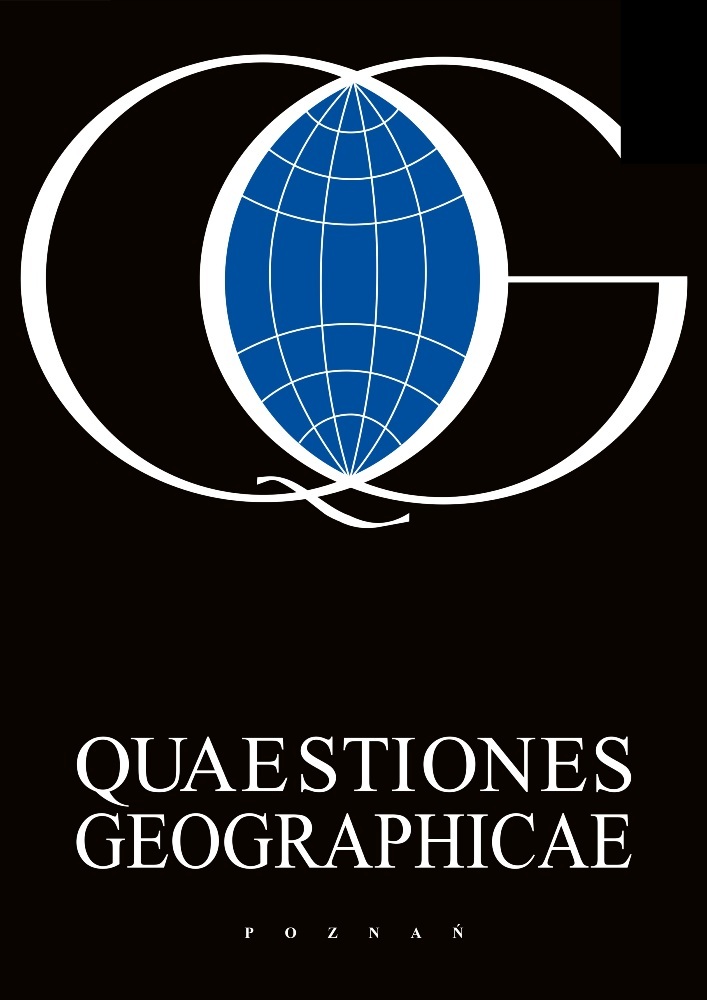Abstract
Early definitions of geotourism stressed tourism related to geology and geomorphology, though some drifted into other concepts such as education, sustainability, conservation and more. Later definitions, largely fostered by National Geographic, treat the topic as related to geography, or more simply place, and concentrate on the extraneous topics such as sustainability, conservation and so forth which should be part of any form of tourism. The earth science community is liable to lose its influence on creation and interpretation of geosites and related topics because the concept has been broadened to include everything. Geodiversity is a copy-cat adaptation of biodiversity, but while biodiversity might be a measure of the health of an ecosystem, the value of geological and geomorphic sites does not depend on diversity. Many geological and geomorphic features are restricted to a single rock or feature, which enhances their value. Geodiversity might be useful as a way of recording diverse features within a given area, but it should not be treated as a value-judgement on the significance of individual sites. The whole area of geoheritage is under threat from the redefinition of geotourism, and the mis-application of the concept of geodiversity.
References
Bourman R.P., Ollier C.D. & Buckman S., 2010. Mount Augustus Geology and Geomorphology. Geographical Research, 48: 111-122.
Dowling R.K. & Newsome D. (eds.), 2010. Global Geotourism Perspectives. Goodfellow Publishers Limited, Oxford.
Dowling R.K. & Newsome D. (eds.), 2006. Geotourism. Elsevier Butterworth-Heinemann, Amsterdam.
Dowling R.K. & Newsome D., 2010. Geotourism a global activity. In: Dowling R.K., Newsome D. (eds.), Global Geotourism Perspectives. Goodfellow Publishers Limited, Oxford: 1-17.
Hose T., 1995. Selling the story of Britain’s stone. Environmental Interpretation, 10(2): 16-17.
Joyce B., 2007. Geotourism, Geosites and Geoparks: working together in Australia. The Australian Geologist, September 2007: 26-29.
Łodziński M., Mayer W., Stefaniuk M., Bartuś T. & Mastej W., 2009. Geotourist attractions of the Western Sudetic Geostrada. Geoturystyka, 4: 19-42.
Mirek Z., 2002. Foreword to Biodiversity of Poland. Vol 1. Flowering plants and pteridophytes of Poland. A checklist. Polish Academy of Sciences.
National Geographic, 2012. What is geotourism? Center for Sustainable Destinations. Online: www.nationalgeographic.com/travel/sustainable, 15.06.2012.
Słomka T., 2008. Geodiversity of Poland. Polish Geological Review, 56: 584-587.
Thomas M.F., 2012. A geomorphological approach to geodiversity - its applications to geoconservation and geotourism. Quaestiones Geographicae, 31(1): 81-89.
Urban J. & Gogol J., 2008. Geological heritage of the Świętokrzyskie (Holy Cross) Mountains (Central Poland). Polish Geological Review, 56: 618-628.
Wikipedia, 2012a. Geotourism. Online: http://en.wikipedia.org/wiki/Geotourism, 15.06.2012.
Wikipedia, 2012b. Biodiversity. Online: http://en.wikipedia.org/wiki/Biodiversity, 15.06.2012.
Zwolinski Z. & Stachowiak J., 2012. Geodiversity map of the Tatra National Park for geotourism. Quaestiones Geographicae, 31(1): 99-107.
License
This content is open access.
